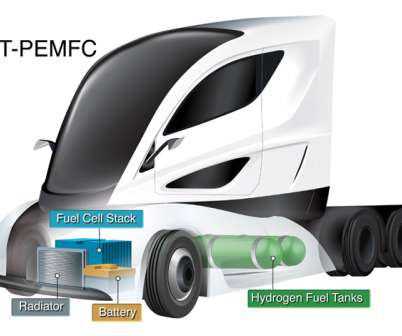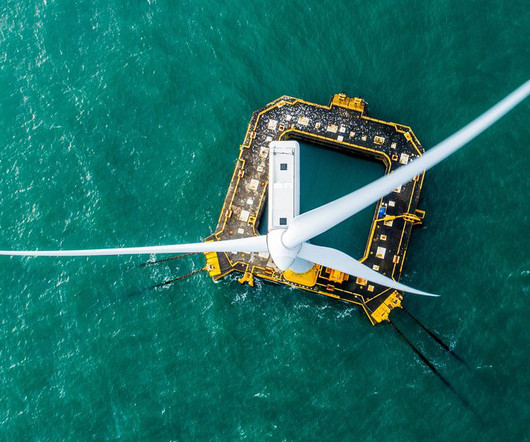New partnership to advance high-temperature PEM fuel cells; focus on heavy-duty applications
Green Car Congress
APRIL 13, 2021
Traditional PEM fuel cells have a relatively low operating temperature, which makes for a low tolerance to hydrogen fuel impurities and makes waste-heat rejection a challenge for vehicles. Artist’s concept of a heavy-duty vehicle equipped with high-temperature proton exchange membrane (HT-PEM) fuel cells.
































Let's personalize your content